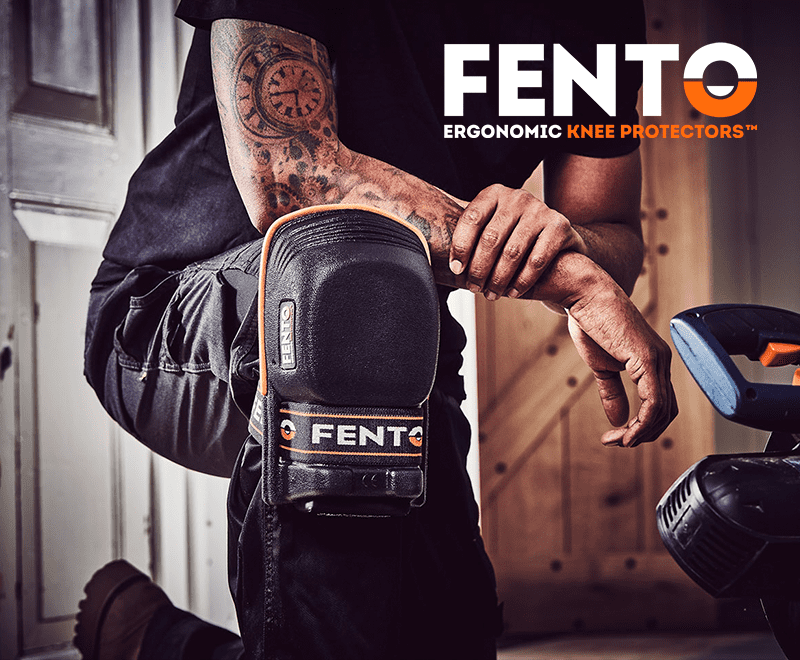Mark Atkins, technical director at LTP, demystifies the treatments on offer to protect porcelain tiles
With the increasing popularity of porcelain tiles, it’s no wonder the discussion surrounding maintenance has increased. This has been further compounded with the introduction of “barrier” treatments for matt porcelain; they’ve caused another swell of confusion, as protective treatments aren’t generally recommended for tiles with a matt finish. So, what’s the difference between a barrier and a protector and a sealer?
Before exploring this, it’s worth just clarifying the point surrounding protective sealers. Polished porcelain tiles need to be sealed. Although their glossy finish creates a shiny, finished look, the action of polishing actually makes the surface more vulnerable to stains. When a porcelain tile is polished, it exposes capillaries which remain porous and exposed. These are effectively lots of microscopic pin holes. If the surface of the tile isn’t protected, grout and spillages will penetrate easily and stain the tile. It will also be vulnerable to organic stains once installed. Matt porcelain, on the other hand, doesn’t need to be sealed. However, if the tile has a textured surface it will benefit from application of a quality barrier treatment before installation, for a number of reasons which I’ll explain below.
What is the difference between a sealer and a barrier treatment?
The difference in these two treatments comes down to the active ingredients and, as an example, I will compare the formulations of LTP Porcelain Tile Protector, which is a barrier treatment, and LTP MPG Sealer H20. LTP Porcelain Tile Protector is a barrier treatment designed for use on textured, matt porcelain tiles. It protects the surface of the tile from grout and jointing compound during installation, making it easier for the residue to release and be cleaned out of the textured finish.
The formulation of this barrier treatment is very different to that of a sealer. The carrier within it is mildly acidic. This allows for deeper penetration into the fissures of textured porcelain tiles, where it then dries and leaves the active ingredients behind. As they dry, they cross link within the low points of the glaze. This provides protection against penetration from cement and resin-based grouts, making the removal of any residues much easier. The Protector is completely invisible once cured, so it doesn’t alter the appearance of the porcelain. This treatment is primarily used as a pre-grout solution, but it can also be applied to help assist with ongoing cleaning and aftercare, especially on external 22mm porcelain paving.
LTP MPG Sealer H20 is a completely different formula. It is only suitable for use on mechanically polished tiles, so tiles that have been polished using a mechanical process in order to make them very shiny. As well as porcelain, this also includes marble and granite – hence its name, MPG. MPG Sealer H2O has similar anti-stain base ingredients to our natural stone sealer, Mattstone H20, but in addition it includes a blend of nano waxes that, following application and drying, are polished into the surface either mechanically or by hand. This is a key part of the application process. Polishing forces the nano wax into the open pores within the polished surface, giving it an enhanced, smoother finish.
In contrast, the actives in Porcelain Tile Protector are too large and will not penetrate a polished surface as efficiently, so they will not work well on this type of surface. Equally, MPG Sealer H2O cannot be used on textured porcelain surfaces, as it is difficult to buff following application. This can result in a micro film that remains following application and turns white/opaque when exposed to moisture.
01823 666213
info@ltp-online.co.uk
www.ltp-online.co.uk








